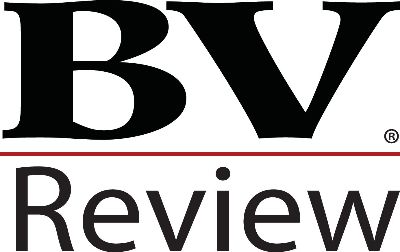Midyear or End of Year Present Value Factors? Clues from Valuation in Discrete and Continuous Time
This article addresses whether appraisers should be using midyear or end-of-year present value factors. Although this is a topic that other authors and I have addressed, this article has some unique and novel approaches to the topic. The mathematics in this article accounts for cash flow growth within and between years rather than between years only, as others have modeled. We model in both discrete and continuous time, with discrete time in multiple time frames, almost continuous, daily, monthly, quarterly, and annual cash flows. Our continuous time results are very surprising. We conclude that, absent strong seasonality, midyear annual cash flows are very accurate and very little difference is seen in valuation results between quarterly, monthly, daily, and continuous cash flows. They are all close to midyear Gordon model multiple results.
Contributor Notes
Jay B. Abrams, ASA, CPA, MBA, is the President of Abrams Valuation Group, Inc., a business valuation firm with offices in North Hollywood, California, La Jolla, California, and New York. He is the author of several books:Quantitative Business Valuation: A Mathematical Approach for Today’s Professionals, 2nd Edition, ©2010, Wiley & Sons; and How to Value Your Business and Increase its Potential ©2005, McGraw-Hill; and Valuing Pass-Through Entities, expected publication 2024 or 2024, in addition to numerous quantitative articles.
Mr. Abrams has an MBA in finance from the University of Chicago and a B.S. in Business Administration from California State University, Northridge, where he received the Arthur Young (now Ernst & Young) Outstanding Accounting Student Award in 1972.

